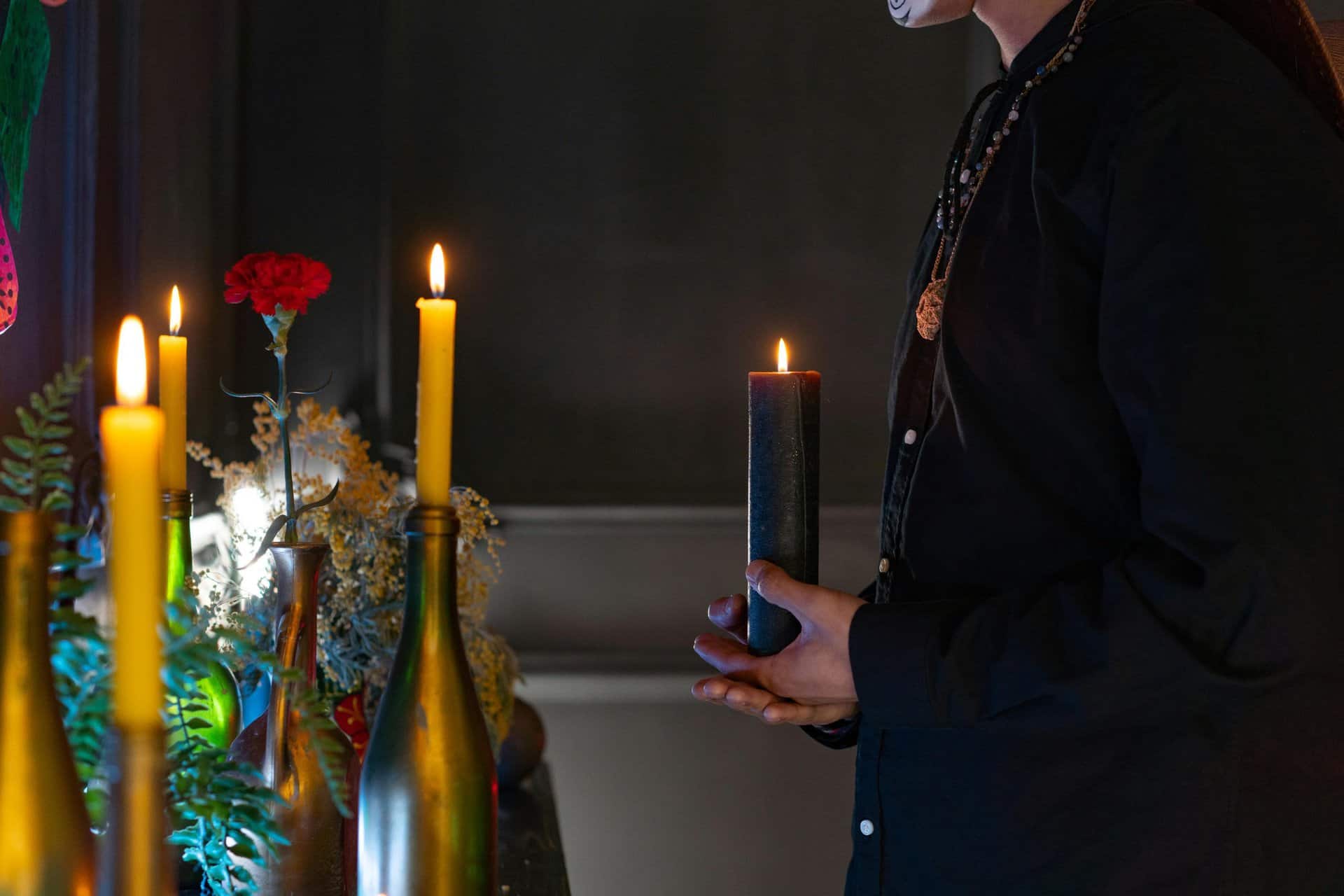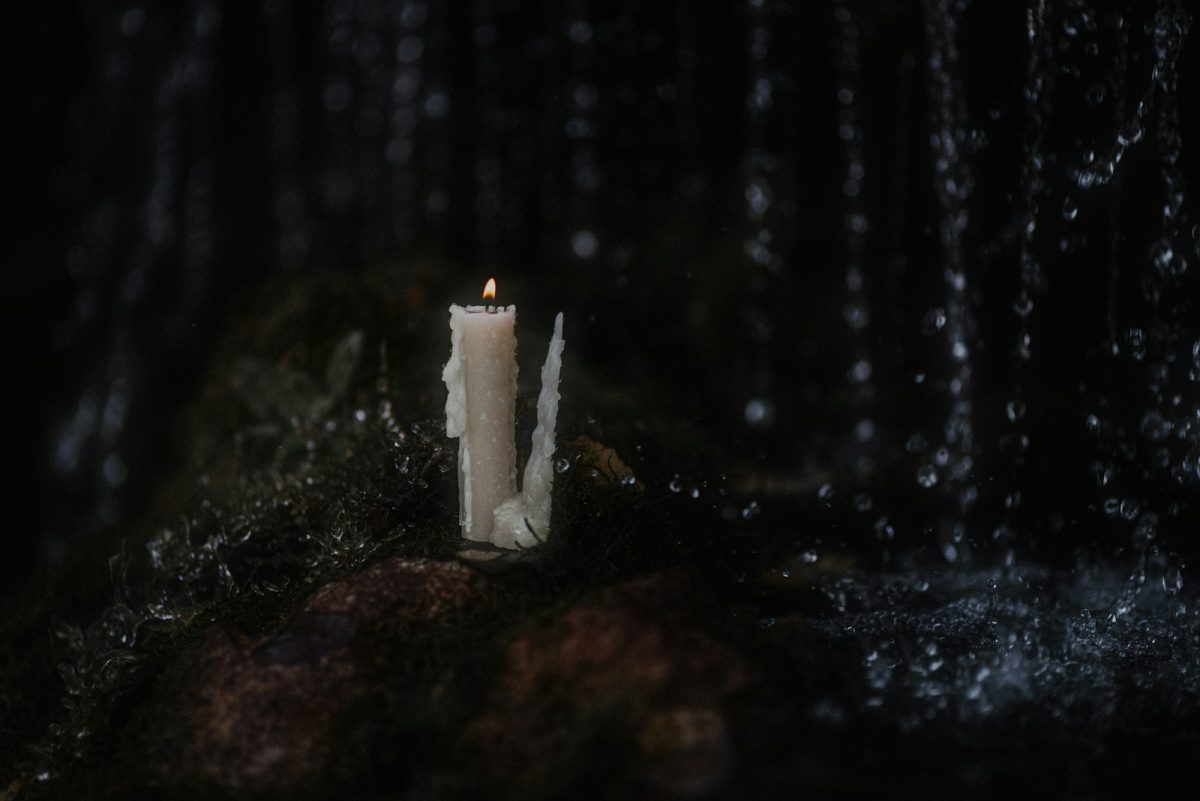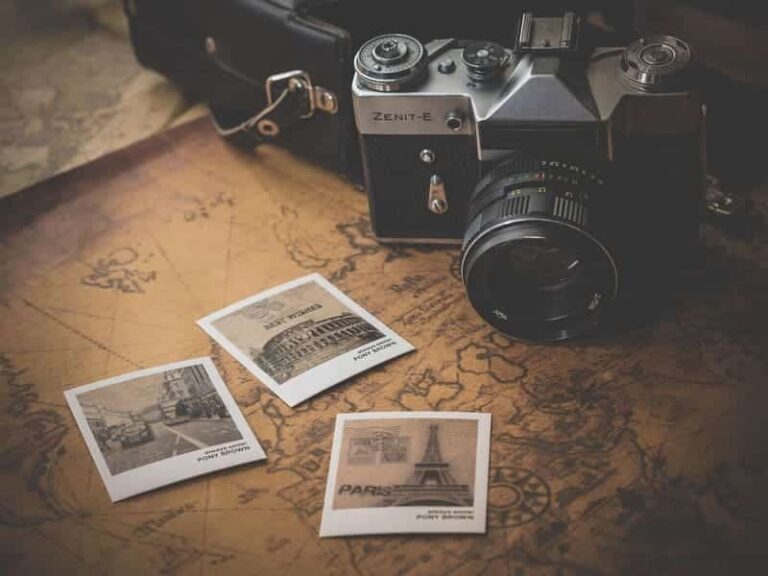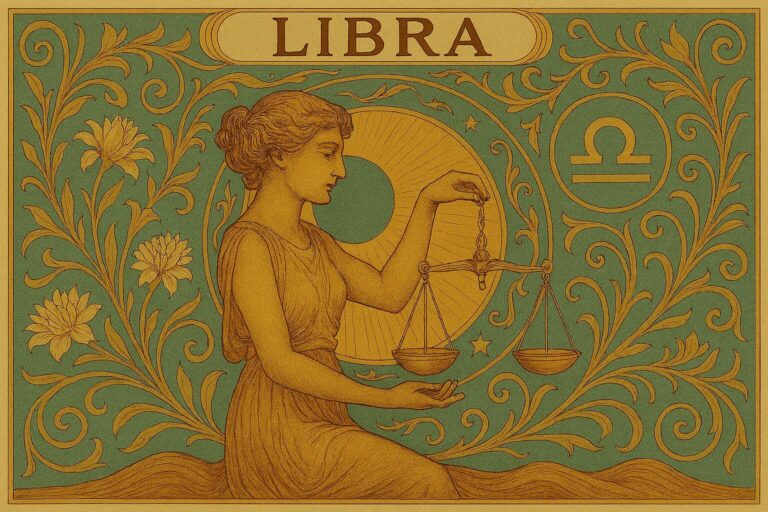Embracing the Spirit of Samhain: When the Veil Thins
Samhain is nearly here, and for many who follow a spiritual path, this is a significant time of year. You may have heard it referred to as the Celtic, Pagan, or Witches’ New Year. It is that and more. It’s a powerful Sabbat that represents the aspect of death in the wheel of the year. It’s a time of reflection and, perhaps more importantly, a time of new beginnings. At this time of year, we’re looking back over the year that has passed, releasing those things that don’t serve us, and making room for the new growth of the year to come.
Observing the Sabbat of Samhain
Rituals to honor the dead are common at Samhain, as well as divination to reach out for guidance. Specific practices vary depending on the spiritual path, where the practitioner lives, whether they are in a coven, and personal choices. For example, a Witch who lives in a big city probably cannot have a bonfire, but they could probably have candles. And a Druid will potentially have different traditions from an Eclectic Witch.
If the idea of Samhain is new to you and you missed our “What is Samhain? The Origins and Meaning of the Pagan New Year,” then head over there for part one of this series!
Honoring the Dead

Many people find death to be a very uncomfortable and disturbing subject, and I am not exempt from that. You may have even been exposed to the message that speaking to someone who has died is “crazy.” I want you to know that talking to the dead is not a sign of insanity. Our loved ones who have crossed to the other side can hear you. So often, those who are left behind have feelings of guilt or regret.
Instead of holding in all of those feelings, go to a quiet, private place and speak out loud to the person who has died. Tell them what you would say if they were there with you. Talk to them about what’s been happening in your life since they’ve gone. And, the best part is you don’t have to wait for Samhain to do this. However, during Samhain, the veil between our world and the spirit world has thinned, so the connection between them is strongest.
A Simple Ritual to Receive Answers from the Dead
In her book, “Halloween,” Silver Ravenwolf provides us with “A Simple Ritual to Receive Answers from the Dead.” Although I strongly recommend her book as a helpful resource of information, you can also find this ritual on the Llewellyn website. You’ll need salt, a purple candle, incense, a bell, and something that belonged to the deceased or a photo of them. In the text of the ritual, Silver Ravenwolf warns, “I don’t advise contacting anyone you didn’t know personally, nor do I advocate contacting someone who had a personality disorder.” So reserve this for someone you personally knew when they were alive.
The Silent (or Dumb) Supper
The word “dumb” can be defined as being silent. In this context, we’re talking about a meal held in complete silence. It can be observed alone or with friends and family. Like every other ritual or tradition, there isn’t just one way to do this. Intentions are everything, and we’re all working with the resources we have. So, for the Silent Supper, it’s a good idea to read about the different ways others have done it and then choose the things that work for you. Silver Ravenwolf describes one way to have this solemn meal in her book, but there are less formal ways, too. Writer India Rakusen describes her experience in an article for The Guardian.
The Ancestral Altar
In some homes, you’ll find an ancestral altar. It’s a table or shelf where the family places objects or photos to honor their loved ones who have died. It serves as a place of memory and recognition that these people are not gone. They are still with us. There’s no wrong way to create one. It can even be a decorative tray or flat stone placed on top of a dresser. It’s about creating a space for the people we miss and accepting that their spirit lives on.
This isn’t usually unique to Samhain; however, you can choose it to be, if that works for you. And, this tradition is often associated with Dia de los Muertos, the Day of the Dead, celebrated in Mexico and other parts of Central and South America. In their culture, such an altar is called an ofrenda, and there are specific traditions associated with it.
More Samhain Practices

Our modern Samhain is based on the ancient Celtic Fire Festival. So what would it be without fire? Have a bonfire (safely) if you’re allowed. If you have a fireplace, get a cheerful fire going. Candles are perfectly acceptable substitutes or even a fire in a grill! And, if you can’t have flames at all… get creative. Make paper flames and attach them to a little fan that can lie down to make them dance. Or use battery-operated tea lights or lanterns. You can have the light without the danger of open flame.
This time of year is big for divination. There are so many styles of divining that you’re sure to find one that resonates with you. Tarot cards, oracle decks, rune stones, and scrying are just some of the ways you can look for insight to answer questions, find clarity, and more.
Witches and those who work with the craft of magick are likely to conduct rituals or cast spells on the night of Samhain and in the days and nights around it. There are a great many sources you can turn to for ritual and spell ideas, including two of my favorite books, “Halloween” by Silver Ravenwolf (which I mentioned above), “Samhain” from Llewellyn’s Sabbat Essentials, and many others. Magickal communities thrive through the internet, too, and there are innumerable sources there. One Samhain ritual can be found on the Llewellyn website.
Of course, feasting, music, drumming, dancing, and singing all have their place. Samhain is the perfect time for reflecting on what to let go of and what to manifest in the year to come. And, as you’re making those plans, consider a special planner like my favorite, the “Coloring Book of Shadows Planner” by Amy Cesari. You can color and decorate while learning new spells and more. For Samhain, she also has a wonderful printable collection of coloring pages. I like to color the pages and fill them out to add to my Book of Shadows.
Symbols for Samhain
Like all Sabbats, Samhain has its own correspondences. These are the things that correspond most closely with the Sabbat, but as you plan your rituals, meals, and magick, avoid anything that would cause harm to you or your pets. It’s perfectly OK to swap things out for what’s available and what works or makes sense to you. Also, these lists are not comprehensive, and you will find lists in other sources that vary slightly.
Deities: Cerridwen (Welsh), Demeter (Greek), Persephone (Greek), Hecate (Greek), Hel (Norse), Cernunnos (Celtic), Hades (Greek), Osiris (Egyptian).
Colors: Black, Brown, Grey, Orange, Yellow, Silver.
Herbs: Mugwort, Rosemary, Myrrh, Sage, Wormwood, Yarrow.
Trees: Cedar, Hazel, Hemlock.
Flowers: Chrysanthemum, Calendula, Marigold.
Crystals: Carnelian, Jet, Moostone, Obsidian, Onyx.
Metals: Iron, Silver.
Animals: Black Cat, Owl, Raven, Spider.
Scents: Cinnamon, Clove, Pine Needles, Myrrh, Warm Honey.
The Veil Becomes Thinner
As we get closer to Samhain, the veil becomes thinner and the voices of our ancestors are stronger. It’s time to let go of things that no longer serve you and plan for the future. Writing in a journal, whether that’s paper and pen or screen and keyboard, is still the best way to let yourself explore these thoughts and to lay out a plan for the year to come. Also, honor those who came before us, celebrate the year, and make time for both the solemn and joyful elements of this season. There’s nothing wrong with wearing a fun costume and attending a Halloween party!
There’s more to come! Follow us so you don’t miss a thing!
*Product links may be affiliate links. As an Amazon Associate, I earn from qualifying purchases.







